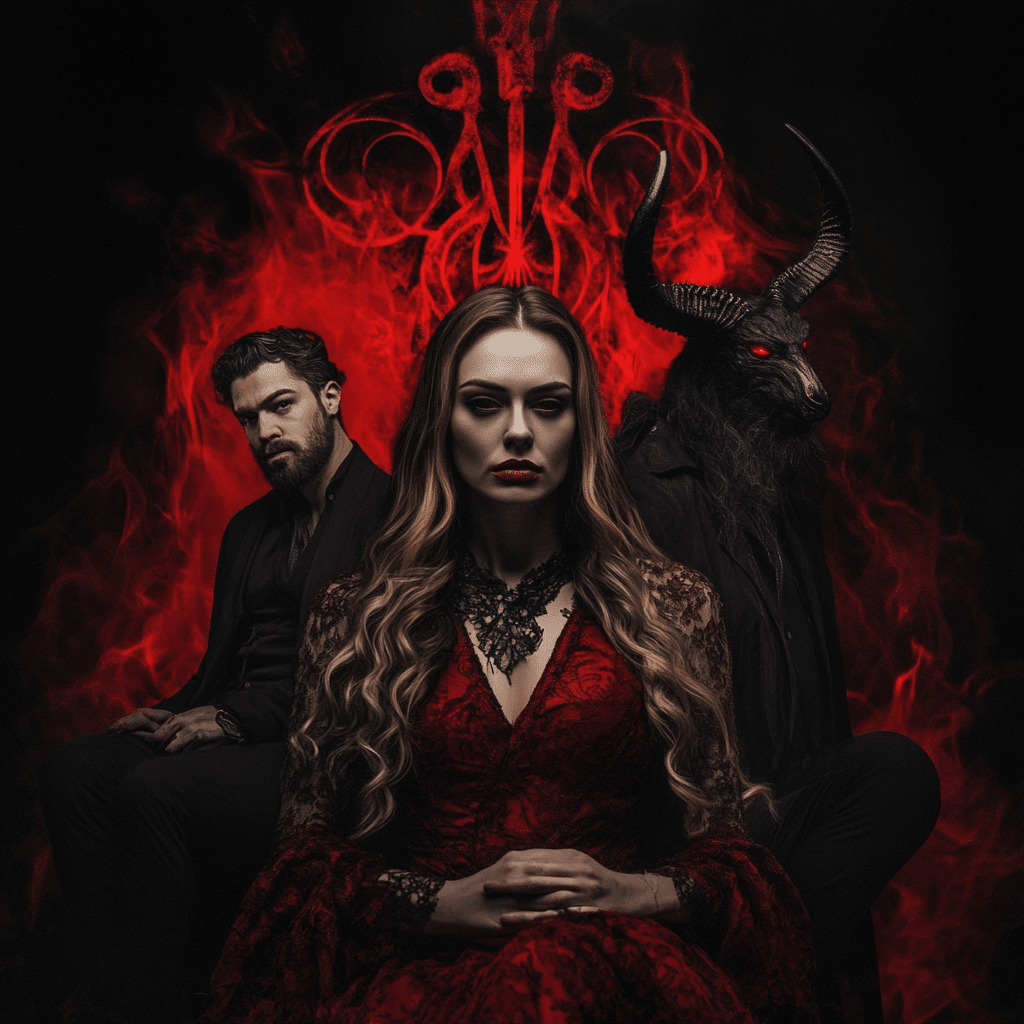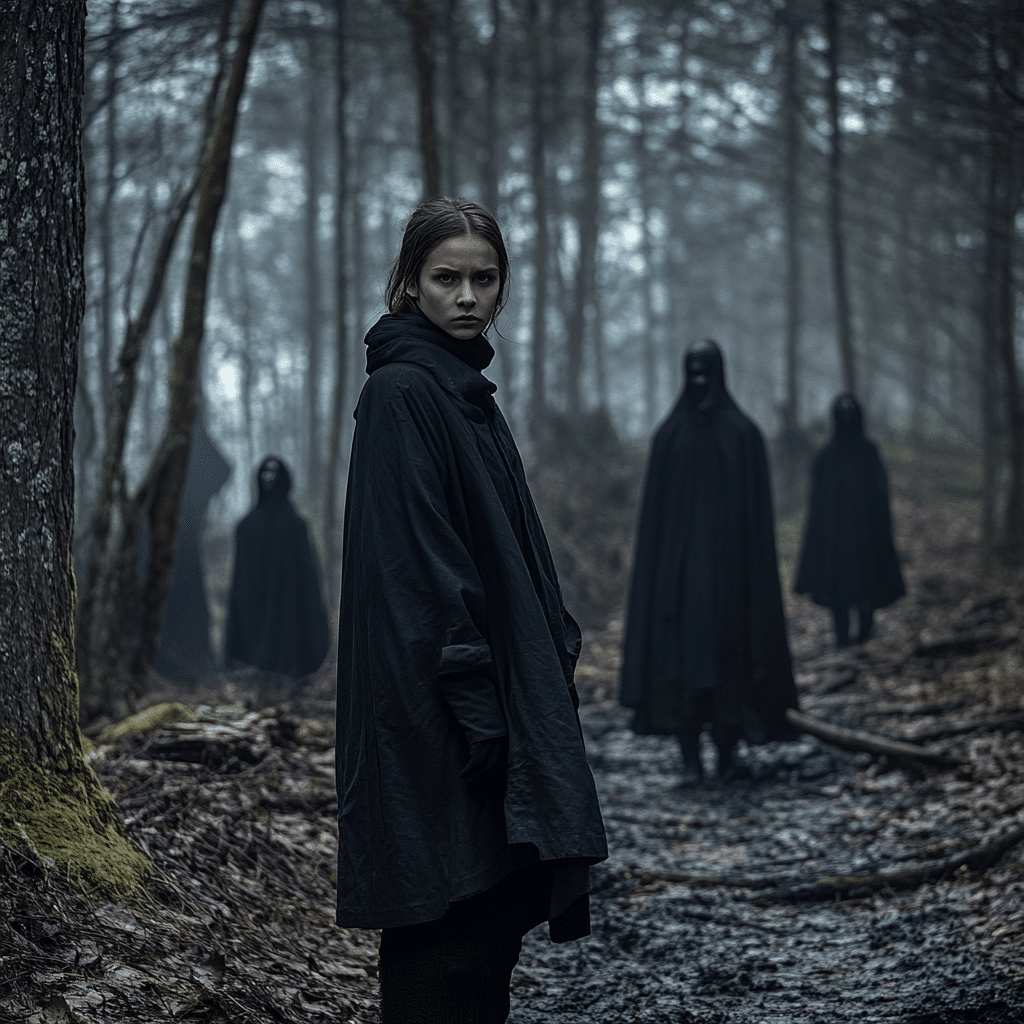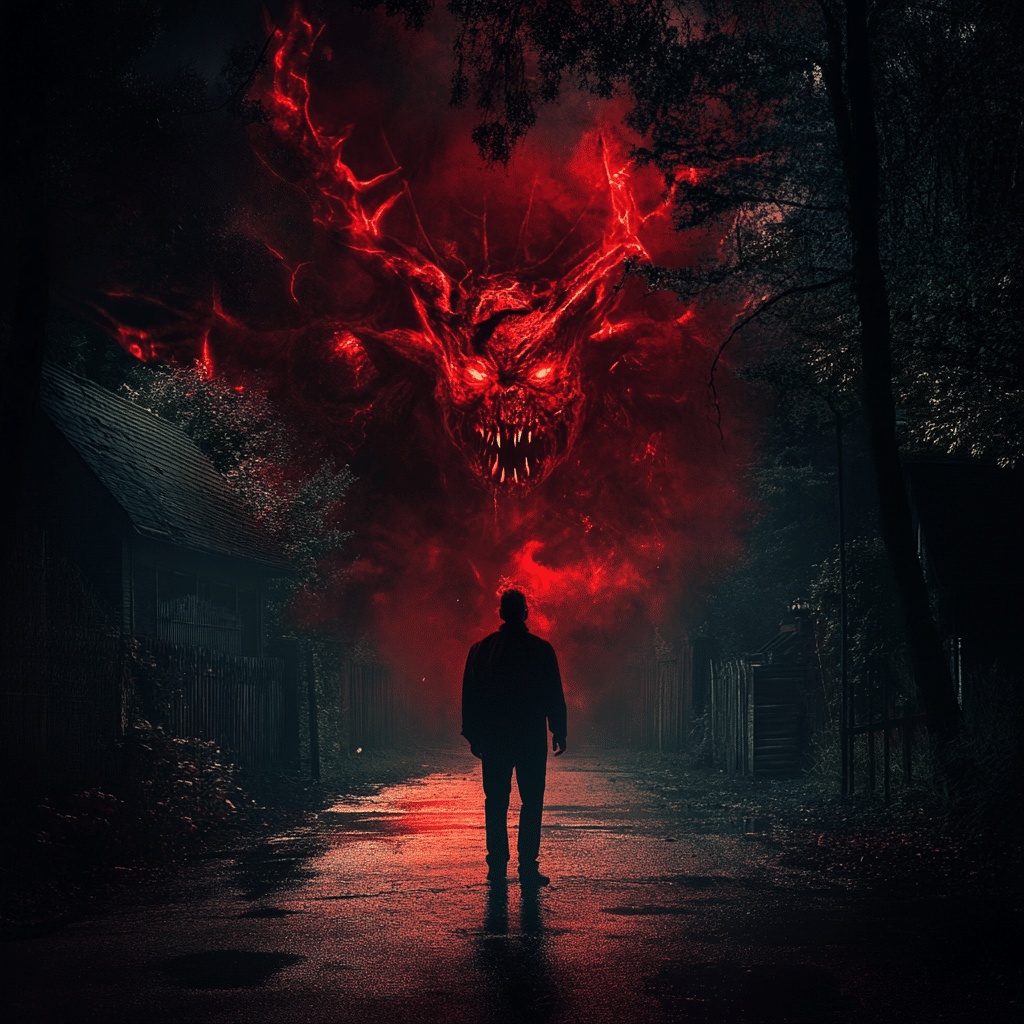With its gripping storytelling and chilling atmospheres, Evil Season 3 has taken viewers on a wild ride through the shadows of morality. This season dives deeper into the struggles between good and evil, all while layering in a fresh take on our modern anxieties. As we delve into the series, we find ourselves questioning not just the characters’ choices, but our own. Why? Because Evil Season 3 doesn’t shy away from tough conversations about faith, technology, and the essence of humanity. Now, let’s dive into the standout moments that made this season a talking point among fans and critics alike.
Top 5 Thrilling Twists in Evil Season 3

1. The Identity Crisis
One of the most captivating arcs this season comes from David, whose faith is put to the ultimate test. As we watch him confront not just demons, but personal conflicts, the lines begin to blur. Is he truly the hero in a world that challenges his beliefs? The narrative grabs us by the collar, forcing us to consider the dilemmas of faith in our own lives. It’s a perfect reflection of today’s struggles with spirituality and self-identity, lifting Evil Season 3 above your average horror fare.
2. Vanessa’s Transformation
Katja Herbers’ portrayal of Vanessa takes center stage this season, showcasing her as a fierce protector willing to go to great lengths. Her character evolves significantly, shifting from a supporting role to someone who embodies both courage and moral ambiguity. What makes Vanessa unforgettable is how her journey challenges viewers to reflect on their own instincts when navigating the treacherous waters of morality and sacrifice. As the stakes rise, there’s no denying that Vanessa is a powerhouse moment in Evil Season 3.
3. The Resurgence of Leland
Ah, Leland, the embodiment of scheming charm played by Michael Emerson. This season, he ramps up his misdeeds, diving deep into the criminal underbelly. The way Leland manipulates situations not only sheds light on the multifaceted nature of evil but also reminds us of the pervasive darkness lurking within society. Not only does he prove to be a thorn in the side of our heroes, but his uncanny ability to exploit weaknesses keeps us glued to the screen, anticipating his next sinister move.
4. Demons in the Digital Age
As we step into a more tech-driven narrative in Evil Season 3, the exploration of evil makes a significant pivot. Technology, particularly social media, serves as a modern battleground for morality and mental health. One gripping subplot featuring cyberbullying sheds light on the amplified darkness possible in the digital landscape and provokes viewers to consider the repercussions of anonymity. It raises pertinent questions about how the digital world shapes, and sometimes warps, our understanding of good versus evil in everyday life.
5. Tying Threads from Peacemaker Season 2
In an unexpected twist, Evil Season 3 finds itself resonating with themes from Peacemaker Season 2. Both series tackle redemption and the moral struggles of anti-heroes, but through vastly different lenses. The blend of dark humor and metaphysical themes creates an intriguing juxtaposition that enriches the viewing experience. It’s fascinating to see how Evil employs these influences to deepen its narrative without losing its essence, further proving the series’ relevance in the current television landscape.
How Evil Season 3 Compares to Halo Season 3
When stacking Evil Season 3 against Halo Season 3, the differences become stark. While Evil delves into the psychological aspects of evil, Halo takes a more traditional route focused on battles and heroic quests in its sci-fi domain. Let’s break it down:
Character Dynamics
In Evil, the character interactions reflect real-world moral dilemmas instead of straightforward hero-villain scenarios. David, Kristen, and Ben’s complex relationships serve to highlight the messiness of human emotion, unlike the military camaraderie depicted in Halo. This rich tapestry of character dynamics prompts viewers to think beyond surface-level narratives, encouraging deep discussions about faith and ethics.
Thematic Depth
Sure, Halo delivers with stunning visuals and action-packed sequences, but it lacks the layering found in Evil Season 3. The latter tackles profound questions about morality, making it a resonant piece in a troubled societal context. As the characters wrestle with their psyche, viewers can’t help but reflect upon their own ethical confrontations, highlighting the meaningful conversations both series spark about heroism and the human experience.
A Cultural Reflection
Both series serve as mirror reflections of our current society, but Evil carves out a niche by being more introspective and dialogue-driven. It prompts audiences to engage with the often uncomfortable themes of morality in our lives. This depth makes Evil Season 3 a standout, setting a high benchmark for future supernatural thrillers. This season illustrates how creatively expanding on the theme of evil can keep storytelling fresh and relevant.

The Cultural Impact of Evil Season 3
As discussions around Evil Season 3 circulate, it’s evident that the series has struck a chord. It has challenged viewers to revisit their perceptions of horror and morality while tackling significant issues like mental health. This season’s nuanced portrayal of good versus evil offers a critical look at contemporary crises, resonating deeply in a world rife with division.
Conversation Starter
Each episode delves into human psychology, encouraging discussions that reach beyond mere entertainment. Critics and fans alike have noted the elevated engagement in this season compared to its predecessors. This heightened interest suggests that Evil Season 3 not only entertains but prompts audiences to grapple with the ethical questions that define today’s landscape.
An Evolution of Storytelling
In conclusion, Evil Season 3 skillfully merges thrilling narratives with profound themes, enveloping viewers in a web of moral ambiguity and societal reflections. The intricate plot twists keep audiences hooked while igniting vital conversations about the essence of evil. This blend of entertainment and thought provocation signals a transformative period for horror and character-driven narratives. With such compelling storytelling, Evil doesn’t just entertain; it redefines what we expect from supernatural television.
In a world clamoring for more thoughtful content, Evil Season 3 sets a high standard, a reminder that exploring evil can delve into our own moral inquiries just as effectively as engaging our senses. While you gear up for more gripping seasons and similar series such as Peacemaker or Halo, don’t forget to binge-watch Evil Season 3—it’s a ride you don’t want to miss!
Evil Season 3: Thrills with Dark Twists and Shocking Turns
Behind the Scenes Secrets
Did you know that Evil Season 3 has brought back some fan-favorite cast members, but also introduced fresh faces that spice things up? Megan Wallace cunningham, who’s been instrumental in shaping the series, has kept the storyline tight while allowing for profound character development. This balance keeps fans at the edge of their seats! Additionally, the show’s engaging narrative touches on themes of morality, much like how Cat Ballou cleverly explores the gray areas of good and evil in a completely different genre. It’s fascinating how Evil maintains such a unique storytelling approach, regardless of the genre influences.
The Thrills of Production
The production of Evil Season 3 faced unique challenges, especially with the increasing complexity of its plot twists. This season dives deeper into the moral quandaries that have always been a staple of the show. The way the production team keeps the tension palpable is a testament to their commitment. Speaking of commitment, Malaak Compton rocks involvement behind the scenes as a consultant underscores how vital diverse perspectives are in film and television. And let’s not forget about the fun little touches—think of how a simple props choice, like a bottle of Rum Chata, can add unexpected layers to a scene.
Trivia That Surprises
There’s always something unexpected in Evil Season 3. One interesting tidbit is about the character dynamics; each character’s arc seems influenced by their interactions, much like how audiences learned about Kay Flock’s age and journey in the music industry, highlighting formative experiences that shape a person. Also, did you know that the inspiration for certain episodes comes from classic tales like Ballet Shoes? It’s a curious leap from dance to demonic possession but speaks volumes about the fluidity of storytelling. And in a bizarre twist, fans are seeing more references that tie into pop culture phenomena, bridging gaps just like “The Masked Singer season 12 draws in viewers with fear and excitement!
So grab your favorite Evil mug and snuggle up for a binge-watch session; this season has plenty of surprises in store. Whether it’s dialogue that grips you or plot twists that leave you gasping, there’s something for everyone, even if it means being delightfully perplexed by a Pou Plush! Each choice in Evil Season 3 speaks to the show’s commitment to not just entertain, but also provoke thought and discussion among its audience.





